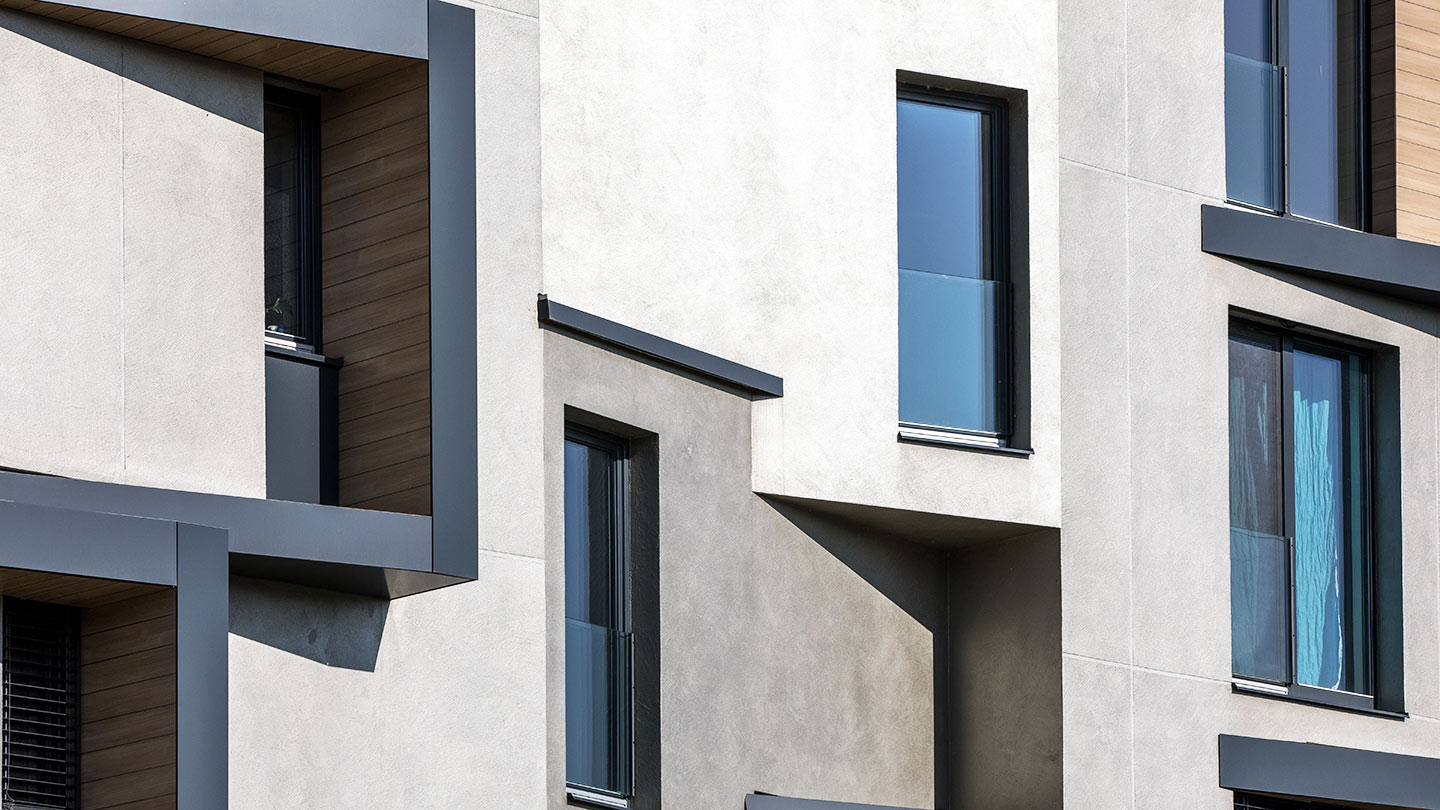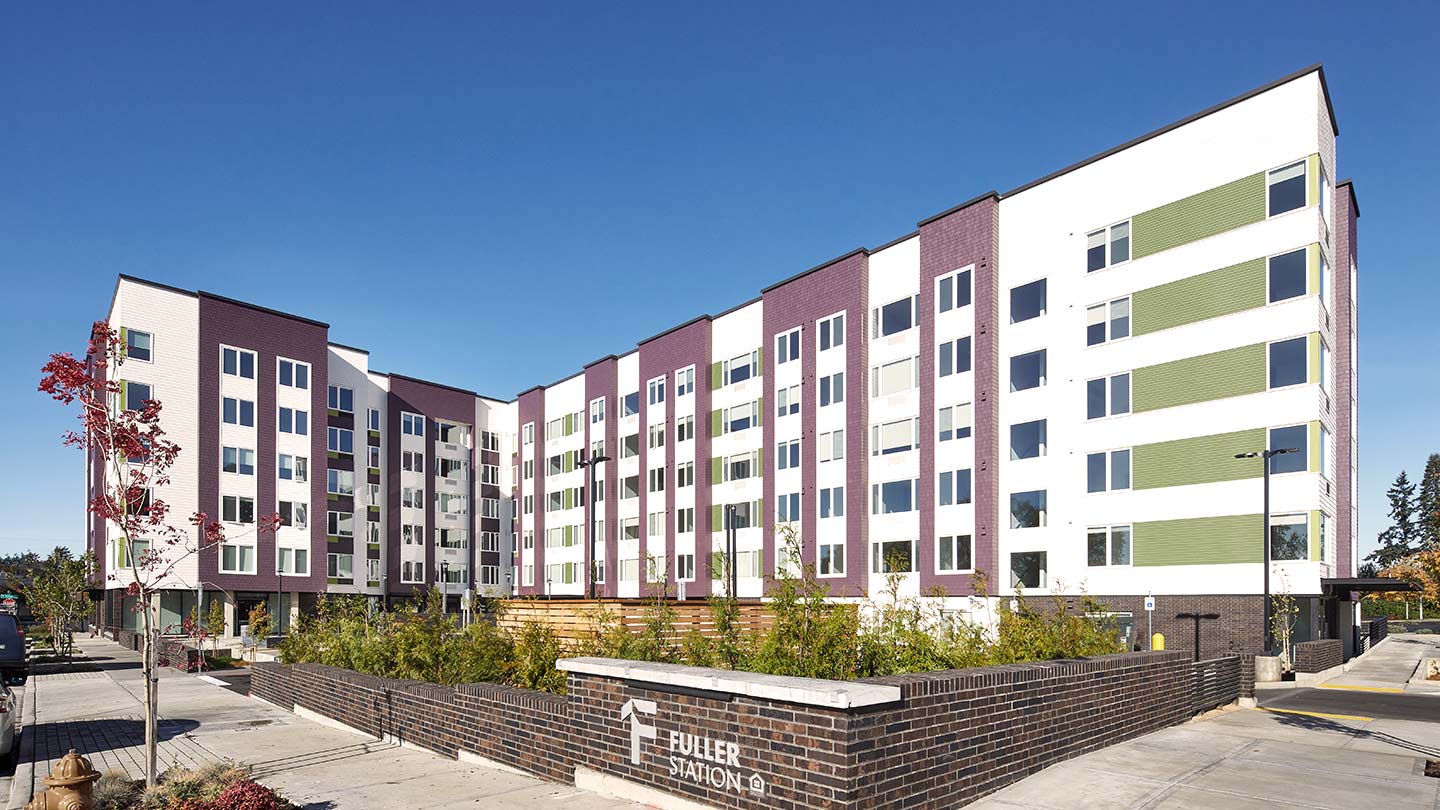
4 min read
New York City faces a dire affordability crisis. Half of the city’s working-age households don’t have the earnings to meet the minimum cost of living, according to the NYC True Cost of Living report. Of those households, 79% are housing burdened, spending more than a third of their income on housing.
Inflation, interest rates and supply chain delays are among the biggest issues across commercial real estate. But affordable housing operators face other financial and political challenges, including:
- Increased costs
- Not in my backyard sentiment (NIMBYism)
- Longer waits for government subsidy programs
These problems don’t have easy or immediate solutions. That’s why affordable housing managers, investors and owners need to discuss how to move forward with innovative solutions.
Increased labor, utility and insurance costs
Inflation has raised costs across the board in recent years, including labor and utilities. While luxury and market-rate housing operators can offset expenses with rent increases, affordable housing operators can’t due to regulation of their properties’ rents.
Insurance has also been a major problem for New York’s affordable housing providers. Some providers have pulled out of states such as California and Florida. And the cost of property insurance has risen an average of 26.4%, according to the National Multifamily Housing Council (NMHC) 2023 State of Multifamily Risk Survey and Report. Some report respondents reported up to a 120% increase.
Affordable housing providers face more insurance challenges. Some insurers may charge them higher rates or deny coverage altogether based on the concern that the proposed development’s location or resident population being served will result in additional claims.
To counter insurance increases, operators should work with insurance brokers that specialize in securing insurance for affordable housing properties. It’s important to note that some brokers don’t have access to or relationships with certain insurers. Affordable housing operators should seek to expand their network of insurance brokers to be sure they're covering the market.
What else to consider: Bigger changes may be necessary. “Today’s lack of capacity in the insurance and reinsurance markets is reaching crisis levels,” according to the NMHC report. “Federal support of the property insurance market may be necessary to increase capacity and liquidity in both.”
NIMBYism
Many areas have misconceptions about affordable housing and resist adding it in their communities. NIMBYism isn’t unique to affordable housing in New York City, but it’s especially impactful given the lack of space for development.
Developers should focus on building in neighborhoods that embrace affordable housing and understand its value.
Before acquiring a site, affordable housing developers should cultivate relationships with local elected officials, community board members and locally based organizations to help navigate potential pushback to any proposed project.
Some developers are creating mixed-income, mixed-use properties, which add more commercial space to the neighborhood. Adding market-rate and workforce units and units for residents with a higher area median income (AMI) can also help offset the costs of operating affordable housing properties. Higher AMI units can also bring more disposable income to the surrounding community and its businesses.
What else to consider: Who should determine the right balance of affordable or market-housing in a community?
Longer waits for government subsidy programs
Due to high demand and limited government resources, Low Income Housing Tax Credit (LIHTC) developers can wait months—sometimes years—for financing. Rather than deal with the expense associated with such long delays, some are seeking alternatives to 100% affordable transactions. For example, developers may add more market-rate or workforce housing units to an affordable housing development or add a mixed-use element such as the addition of commercial space.
This shift is helping address the missing middle’s need for workforce housing. Many neighborhoods are also more amenable to workforce housing and mixed-income properties, which can shorten these projects’ timelines.
Developers requesting financing of affordable for-sale co-op transactions is another trend. Given New York City residents need to win the housing lottery to obtain an affordable rental unit, some communities and developers are looking to address the lack of affordable for-sale units.
But housing for low-income and extremely low-income households remains critical. Developers should be encouraged to designate a percentage of units in market-rate properties to low and extremely low-income households in return for long-term property tax exemptions.
What else to consider: How does this shift away from LIHTC impact low-income and extremely low-income households? Developers, government housing funding agencies and advocates must work together to expand funding options and identify new capital resources and rental assistance options to meet the housing demand for those making 50% or less of the AMI.
© 2023 JPMorgan Chase & Co. All rights reserved. JPMorgan Chase Bank, N.A. Member FDIC. Visit jpmorgan.com/commercial-banking/legal-disclaimer for disclosures and disclaimers related to this content.







